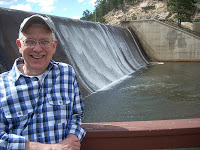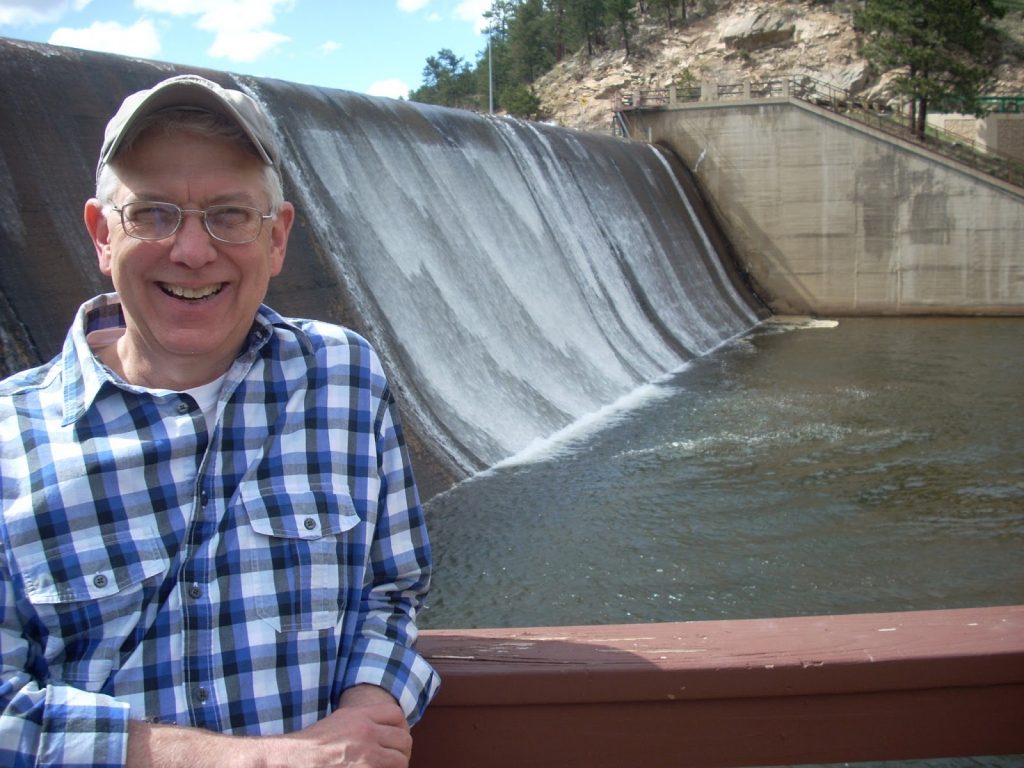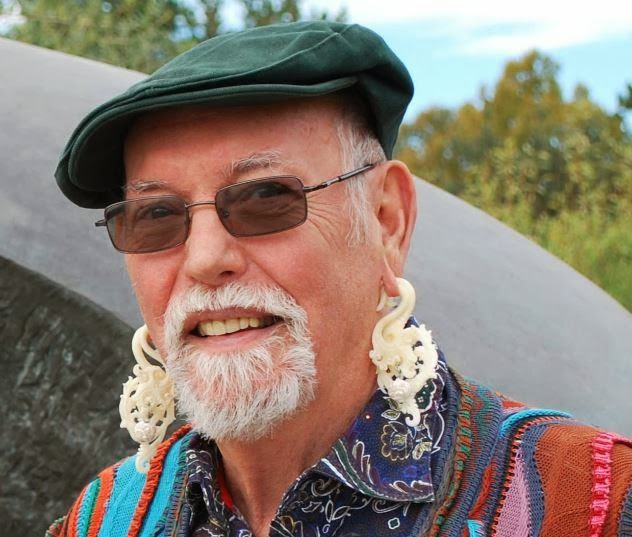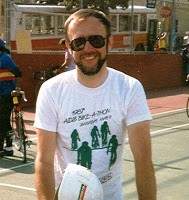Cecelia started it when she told me about a book she wanted me to teach. The Artist’s Way by Julia Cameron was no ordinary book but, rather, a spiritual process of self-examination, exercises, and disciplines to help the reader overcome barriers to self-expression as an artist. The content and activities were meant for writers, visual artists, performers, and just about anyone who wanted to explore his or her own artistic bent. I was skeptical, but Cecelia was persistent. Agreeing to share the task of facilitating the thirteen sessions, we settled on an approach that seemed well balanced.
A group of writers, poets, painters, illustrators, sculptors, musicians, and educators—all members of the church where I worked—assembled that first night. They received their copies of the book and listened patiently as we explained the process for both the group and the individual participants. The work focused daily on the infamous “Morning Pages,” periodically on completing short writing and art exercises, and weekly on “Artist Dates.” Oh, we read the book, too, and met each week to share our work, objections, pains, elation, pasts, and dreams.
What Cecelia knew and I hoped would happen did occur. We changed our views of ourselves, our appreciation of one another, and our ability to engage in creative work. Due to our weeks together, our lives have continued to change to this day.
For example, some seventeen years later I am still writing my three hand-written, first-thing-in-the-morning pages. I have been writing and painting on a regular basis. I know others have as well. Since that time I have led several other groups through Cameron’s process, often sharing the leadership with others as Cecelia taught me. People are still changing. But the most unexpected change occurred in me, and it wasn’t directly related to seeing myself as an artist.
The child, the inner child, a concept with which I was familiar, showed up prominently in The Artists Way. I had always been slightly put off by the concept, not because it made no sense, but because I heard it used so trivially so often. I read Cameron critically and did not find her explications very enlightening, but I did respond to her process. As a teacher I had pledged myself to engage fully in the process the book proffered. I answered all the questions the author posed, made all the lists she asked for, and on Artist Dates took my inner child to the museums, through parks, down streets of mansions, to mountain meadows, streams and caves, into paper shops, hardware stores and artist supply companies just like the writer instructed. During our times together I recalled many childhood scenes. Somehow Cameron showed me that my inner child is not just some kind of memory of past events but that I am still all that I have ever been at whatever age: confident or afraid, victorious or at a loss, praised or put down.
So I got reacquainted with my inner child’s hurt even though the idea seemed corny. Then I wrote about my fifth grade teacher who derided my Purple Cow illustration but offered me no help with my drawing. I was embarrassed and convinced I couldn’t draw. Two years later I enrolled in seventh grade woodshop instead of the art class I really wanted. But in shop I discovered I couldn’t do the projects very well not being strong enough to control the awkward tools I had to use. My only really fine work that year was the design I burned in the wooden bookends I made. I wrote about these things in the exercises and in my Morning Pages and grew more and more to love my hurt inner artist child.
The more Artist Dates I went on the more artistic and the more gay I got! That’s when I remembered the comment a gay friend of mine said about my work in religious education. “It’s more like art than education,” he observed. I trusted the judgment of this fellow minister, educator, and artist but felt confused. Looking critically into my own experience I finally realized what was right about his analysis, that my play with religious ideas, symbols, and characters was enacted through art forms. And then I started to wonder if my fifth grade teacher was wrong. I quit planning art processes for children and began doing them for myself.
Cameron’s process expanded. She wanted us to costume on our Artist Dates wearing artsy clothes—surely black outfits with berets and scarves. She encouraged us to hang around with other artists. She suggested we introduce ourselves as artists. In so doing, she opened my imagination by encouraging an identity. In my response I discovered that not only was the artist child wounded in me but the gay child as well.
Then the goofy New Age intruded. Cameron wanted us to make affirmations, to write over and over certain sentences. I did so even though I hated doing it. But how else does one learn? I still write one of these sentences, still slightly irritated because, I’m sure, I hear a writing teacher saying not to write in the first person and because to me the affirmation seems exaggerated, not exactly true. Stifling my objections I write: “I, Phillip Hoyle, am a brilliant and prolific artist.” The first time I encountered it, I simply filled in the blank with my name, first and last, just as she instructed. Then I started writing it at the end of the Morning Pages sometimes as an additional page of mantra-like affirmations, at other times to fill out the third page when I felt like I was running out of time or ideas to write.
What I learned through identifying myself as an artist transformed me. I sought out other artists. I laughed when I dressed in black like our church organist. I continued the artist dates long after the thirteen weeks ended. I continued to write the Morning Pages. And the more I did all these exercises, I found my artistic intertwined with my gay. I was doubly identified. My hurt artist child was always an artist and was always gay. That’s me.
My mantra now included this: I am Phillip Hoyle. I am an artist. AND I am gay. I was always an artist, and I was always gay.
The advantage of this identity? I was able to change my life knowing a community of acceptance, understanding, and living. A way to see myself. A structure of self-acceptance and understanding. A way to find friends. The wisdom of LGBTQA coalition identity. Something more than politics. Rather the creation of a world-view of inclusion, tolerance, acceptance, relationship, and growth within diversity.
© Denver, 2012
About
the Author
Phillip Hoyle
lives in Denver and spends his time writing, painting, and socializing. In
general he keeps busy with groups of writers and artists. Following thirty-two
years in church work and fifteen in a therapeutic massage practice, he now
focuses on creating beauty. He volunteers at The Center leading the SAGE
program “Telling Your Story.”
at: artandmorebyphilhoyle.blogspot.com





